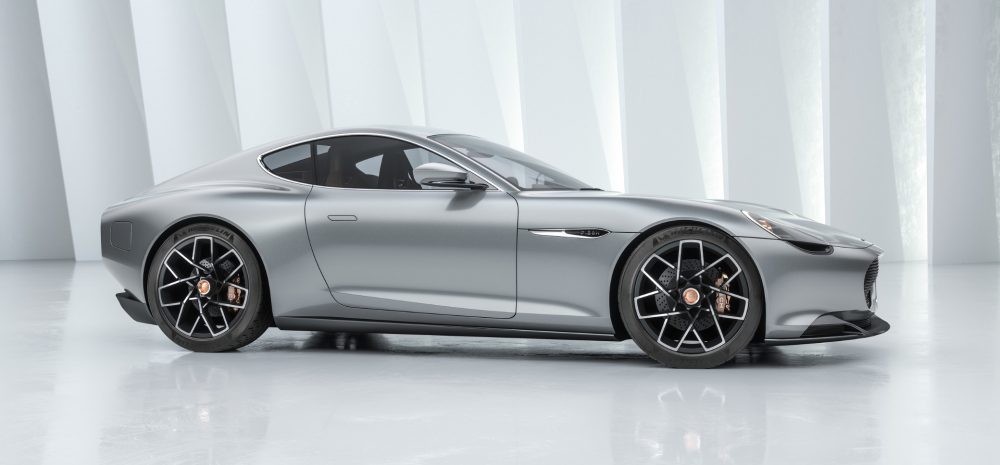This is in remembrance of the historical records that have been broken buy gas guzzling cars
But why tell the story of course we've told it before and there's other videos below proven that other people have done even the patents we've put into this paper. So what is the purpose the purpose is too runny generator using this technology they don't want you to know. So let me show you a video of it working with a generator come and then watch the other proof that these things do work but what happened years is time to improve your situation like this
Now let's look at more proof that this technology does exist
https://electrek.co/2019/03/04/electric-gt-piech-mark-zero-mysterious-battery/amp/
All-electric GT unveiled with over 300 miles of range and 5-min charging enabled by mysterious battery
Piëch Automotive, a new electric car startup launched by Toni Piëch, a descendant of Volkswagen’s Ferdinand Piëch, is unveiling this week an all-electric GT with over 300 miles of range and 5-minute charging enabled by some mysterious new battery cells.he Piëch Mark Zero is going to be unveiled in full at the Geneva Motor Show tomorrow, but the company has released a bunch of images and specs ahead of the show today.
Piëch said about the vehicle:
“We have developed a sports car that we ourselves would like to buy, and we talked for a long time to many enthusiasts about what was missing on the market. We want to offer a modern classic that isn’t subject to consumer cycles. The driver of this sports car should enjoy any minute they can spend in the car.”
The company claims to have built the vehicle platform with a “flexible and open vehicle architecture” to allow a variety of drive systems, “like electric drive, hybrid, fuel cell or internal combustion engine.”
Yet, they are releasing the specs for an all-electric version based on some mysterious battery cells that enable a “range of 500 km (311 mi) according to WLTP cycle” and a “sensationally short charging time of only 4:40 minutes to 80% battery capacity.”
Piëch didn’t release any details about how the battery cells achieve those kinds of performance beyond claiming that the cells don’t heat up:
“The special type of cell hardly heats up during charging or discharging phases. Significantly higher currents can flow as the cell temperature rises only marginally.”
The company says that the cells don’t require active cooling, which enables the lower the weight of the battery pack. This keeps the total vehicle weight under 1,800 kg (4,000 lbs), which is still fairly heavy for a vehicle of that size.
As for the powertrain, Piëch says that the vehicle is equipped with 3 electric motors: the front axle, an asynchronous motor delivers 150 kW, while at the rear axle, two synchronous motors produce 150 kW each.
They claim that it results in accelerating from 0 to 100 km/h (62 mph) in 3.2 seconds and a top speed of 250 km/h (155 mph).
Here are a few more images of the Piëch Mark Zero released today:
Let's look at the patents
Download the PDF files reference material




